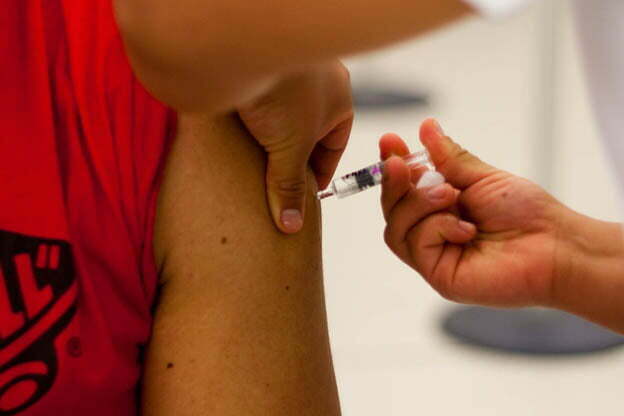Sexual Health
Sexual Behaviors: The Verdict Is In
Yesterday was a pretty big day for sex research. Monumental, really. Do you know why?
I’m sure you do, because as of the end of the business day yesterday there were over 600 broadcast, online, and print media stories dedicated to it and over 7600 downloads of the document. These numbers are growing by the second, literally.
The release
The document I’m speaking of is the October Special Issue of The Journal of Sexual Medicine (volume 7, supplement 5). The issue contains 9 manuscripts, 4 commentaries, and a guest editorial on a nationally representative sample of sex behavior and health in the United States of 5,865 folks between the ages of 14 and 94.
This is especially exciting for me because this brilliant research came out of The Center for Sexual Health Promotion, where I’m a PhD student and Project Coordinator. I saw all of the hard work that was put into making this Special Issue possible first hand….and a LOT of hard work it was!
Background
It has been almost two decades since we last saw a nationally representative sample that examined sexual behaviors and sexual health. With such a wait, it was important to do this right. The Knowledge Networks, who do very high-profile nationally representative polls and surveys (read: presidential polls, census data, etc.), worked closely with researchers at The Center for Sexual Health Promotion and developed incredibly tight methodology to pull this off. They really worked hard to ensure that every American that was randomly sampled had easy access to the survey.
Back in the early days of sex research, Kinsey and colleagues separated men and women in their analysis (and published separate books for the behaviors of men and women). The last nationally representative study, conducted in 1994 by Laumann and colleagues, had a profound impact on what we know about sexual behaviors. The NSSHB researchers surveyed men and women on their behaviors at an event level and retrospective level, providing us with a detailed look at how the men and women of the United States are behaving sexually.
The breakdown of papers
As I see it, there are two core papers to this special issue: Sexual Behavior in the United States and Condom Use Rates in the United States. These two papers offer an incredibly in-depth look at what’s happening in the United States today in terms of sexual behavior and sexual health.
Then there are the papers that address the relationships, behaviors and sexual health status of adult men, adult women, adolescents, and older adults in addition to minority groups.
Finally, there are the event-level papers, which used advanced techniques to assess the behaviors at last event. Interestingly, the correlation between reported event-level behaviors and reported ‘last 30 days’ behaviors was quite high, indicating that perhaps event-level data may be an ideal way to ask about behavior.
The findings
If you want to see all of the findings, you can go here to download the full document. I’m going to list a few of the findings that I found particularly interesting:
- Condom use in adolescents is pretty impressive: of 14-17 year olds, 79.1% of men and 58.1% of women are using condoms
- Around 85% of men reported that their female partner had an orgasm at last sexual event, yet only 64% of women reported that they had an orgasm at last sexual event
- Masturbation rates were highest during the 25-29 year old range, with 84% of men and 72% of women reporting the behavior in the past year…also, masturbation was higher in men than women in all age groups
- About 7% of adult women and 8% of men identify as lesbian, gay, or bisexual…however, the proportion of folks who actually engage in same-sex sexual behaviors is higher
- Single women (women who were not in a relationship with their sex partner) were more likely to orgasm at last event (81%) than women who were in relationships with their sex partner (58%)
- The more variety of sexual behaviors engaged in, the more likely orgasm was to occur in each partner
That’s really just a taste of the vast array of information in this special issue. So, read it for yourself to get more detail.
Making it possible
With an impact factor of 4.884, The Journal of Sexual Medicine certainly gets around…which means these papers will too. Not only that, but Trojan has funded the rare opportunity to make the whole issue available to the public by clicking the link on the right side of the webpage here.









